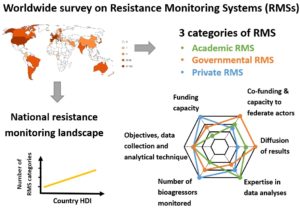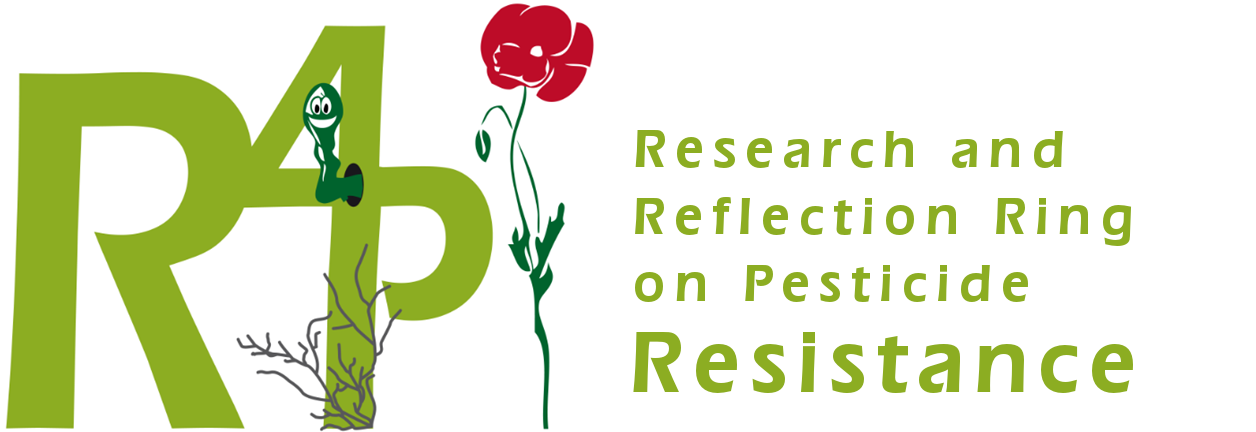The R4P network has analysed the systems for monitoring resistance to plant protection products around the world. This study shows that in the same country, several types of actors, private or public, often carry out parallel work on the subject. Their approaches are complementary and monitoring systems would be more effective with more cooperation.
Crop diseases and pests are controlled by various means, including the use of plant protection products. However, under certain conditions of use, undesirable insects, fungi or plants can become resistant to these products. The selection of resistance leads to a reduction in the efficacy of a plant protection product and to its use in greater quantities, before rendering it completely unusable. Both synthetic and naturally occurring active substances using micro-organisms are affected. Monitoring the development of resistance is therefore essential in order to limit the use of plant protection products to a minimum by preventing any use that has become ineffective. This monitoring is part of the management strategy for the control of plant pests in the context of the use of plant protection products compatible with sustainable development. R4P has conducted an extensive study to compare resistance monitoring systems around the world and has just published its results in the journal Pest management science.
Disparities between countries
A total of 162 experts from 48 countries responded to the survey. Europe and North America provided a large share of the contributions, with experts from South America, Asia, Oceania and Africa also participating. Three types of actors conducting work on the evolution of resistance to plant protection products were identified. The first category includes private organisations, including crop protection product producers and agricultural consultancies. The second category includes academic actors, i.e. universities and research institutes. The third category includes governmental actors. The first observation is that the higher the human development index (HDI) of a country, the more different types of actors are involved in resistance monitoring. Thus, all three categories of actors are represented in 83% of countries with a high development index (above 0.9) and only in 17% of countries with a low index (below 0.8). Governmental actors are more frequently involved in monitoring resistance to plant protection products in countries with a high HDI.
Different but complementary objectives
- Private companies aim to verify the efficacy of their products. They also sometimes have regulatory obligations, as in France, where marketing authorisations for products with a risk of developing resistance may be accompanied by a request for monitoring and an obligation on the part of manufacturers to declare the results of their monitoring to the authorities if the situation changes. The work carried out by private actors therefore covers a wide range of products, crops and pests, but not all the data is made public.
- The studies carried out by academic actors are done in the framework of research projects. These often concern a very specific problem, over a period of several years. Although the field of study is limited, the level of detail can be significant.
- Finally, the monitoring carried out by government players is usually annual and the results are systematically made public. They therefore allow long-term monitoring, but this essentially concerns the situations most at risk of the emergence and evolution of resistance.
The coexistence of these monitoring systems within the same country thus makes it possible to have a more precise overview of the situation. The monitoring of resistance to plant protection products would be more effective if these actors collaborated more, in order to combine their capacities for data collection, analysis and dissemination.
And also on BioRxiv and on this website

